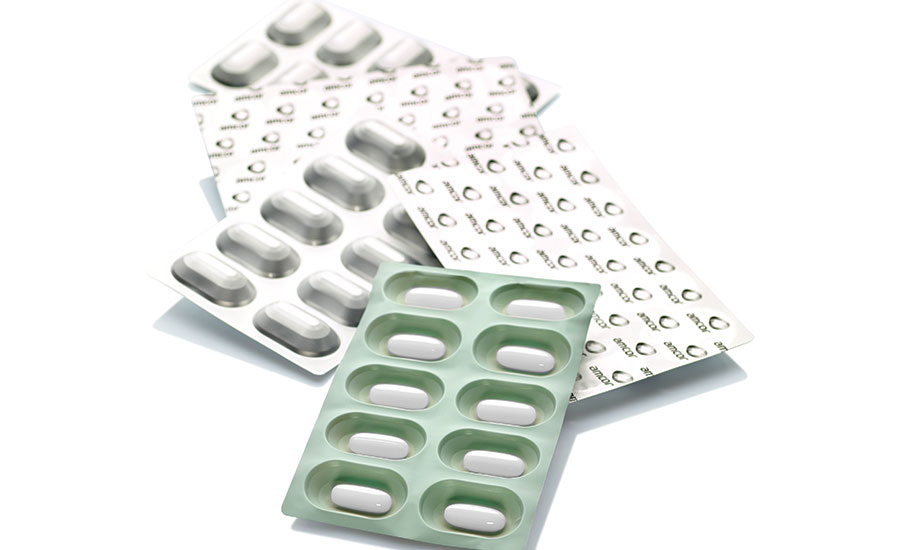Having your product packaged in blister packs is important to protect the safety of consumers. The FDA is responsible for protecting the public’s health, and they have the responsibility to ensure that product packaging doesn’t compromise that health. In addition, the FDA is responsible for protecting the public’s safety from overdoses. In this article, we’ll explore the impact of blister packaging on acetaminophen concentrations and the FDA’s role in protecting the public.
Staggered blister packaging
Increasing the use of blister packaging may help improve opioid treatment adherence and reduce opioid overdose. The FDA is considering the implementation of fixed-quantity unit-of-use blister packages for some IR opioid analgesics in outpatient settings. These packages would offer convenient options for prescribers and reduce opioid misuse. They also provide safer access to opioid analgesics.
FDA is seeking public comment on the proposal to require fixed-quantity unit-of-use blister packaging for certain IR opioid analgesics in outpatient settings. If approved, it would require opioid analgesic application holders to submit a prior approval supplement to FDA indicating that they have products available in blister packaging configurations. In addition, application holders must report periodically to FDA if their product is no longer available in blister packaging configurations.
FDA considers that this proposal is not the only solution to the opioid epidemic. Moreover, the requirement could be supplemented by other safety-enhancing measures in the future. In addition, the FDA will consider whether a conditional mandate would be appropriate. This would reduce the burden on application holders while maintaining a standardized approach for REMS approval.
FDA also plans to work with application holders to identify possible blister packaging configurations that would best suit the needs of patients. These configurations could be included in drug formularies or physician order entry systems. Blister packaging could also help to improve patient compliance with key information about the safe use of opioid analgesics.
Impact on acetaminophen concentrations
Using a blister pack for your acetaminophen-laden pain relief regimen can be a fun and convenient way to go about it. Not only does it allow you to take your medication in its most convenient form, it is also preservative free. The FDA has approved labeling for such products, requiring that the dose be given within 6 hours of the seal being penetrated. In addition, many of these containers can be mixed with a soft food before administration. In fact, some manufacturers have even designed blister packs specifically for use by children.
The jury is still out on the best blister packaging solution for your pain relief regimen. While some studies have shown that blister packs are actually better than traditional containers, other studies have shown that blister packs may be as equally or more dangerous in terms of adverse effects. For example, some manufacturers have reported that blister packs may induce a milder form of acetaminophen toxicity in patients. Hence, it is important to know the appropriate dosage rates and dosing schedule for your individual needs. In addition, you should always account for the source of your acetaminophen, as it can come from many sources.
The best way to ensure optimal acetaminophen toxicity is to follow the FDA-approved labeling recommendations and discard any unused dosage. For instance, it is a good idea to take your prescribed dose of acetaminophen at least 6 hours after the blister pack has been opened.
FDA’s responsibility to protect public health
Whether you’re involved in the pharmaceutical industry or not, you may have heard of the FDA’s responsibility to protect public health through blister packaging. The agency focuses on several aspects of packaging, including the container’s labeling and its stability inside the packaging.
While the FDA has not explicitly stated that blister packaging is the solution to all your pain, it’s clear that it reduces the risk of an overdose. As such, it’s important to consider the benefits of blister packaging as part of your overall drug packaging and labeling plan.
There are several benefits of blister packaging including reducing the risk of an overdose, decreasing inappropriate access to the medication, and reducing the chance of misuse. In addition, blister packaging has the potential to reduce the risk of developing a new opioid addiction.
The FDA is considering whether or not to add child-resistant packaging to pharmaceuticals, including opioid analgesics. This is a significant public safety measure. Several methods of making packaging child-resistant have been devised, including incorporating child-resistant closures into the packaging, utilizing child-resistant packaging material, or making the packaging itself child-resistant.
In addition to considering the benefits of blister packaging, it’s important to consider how the packaging should be made to avoid harmful side effects. In particular, the chemical composition of the packaging components has a significant impact on their functional properties. The best way to avoid unwanted side effects is to make sure that the packaging is made with materials that are safe for the method of administration that the product requires.

